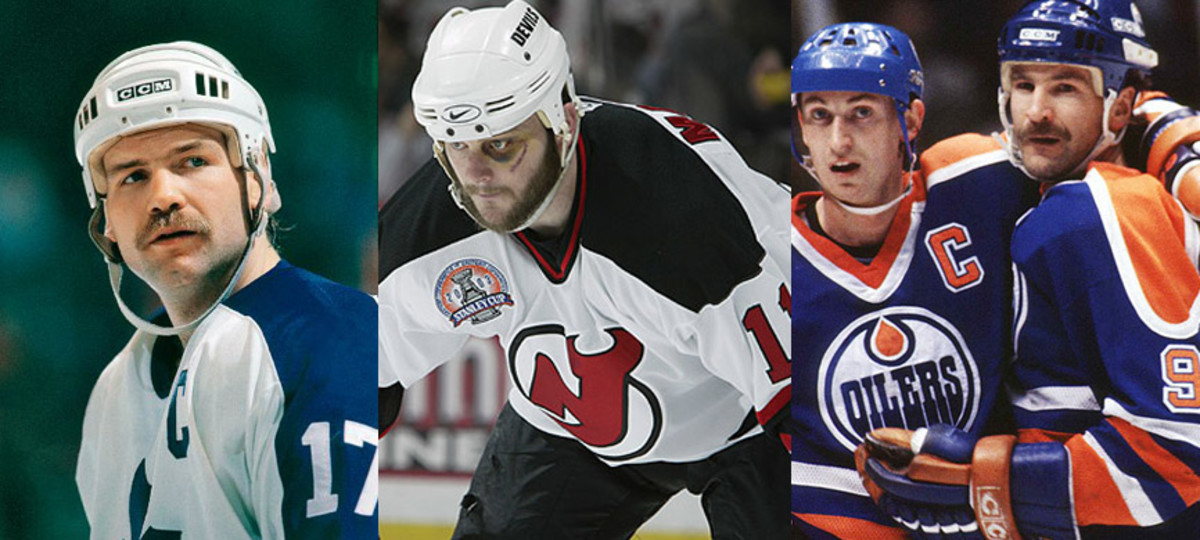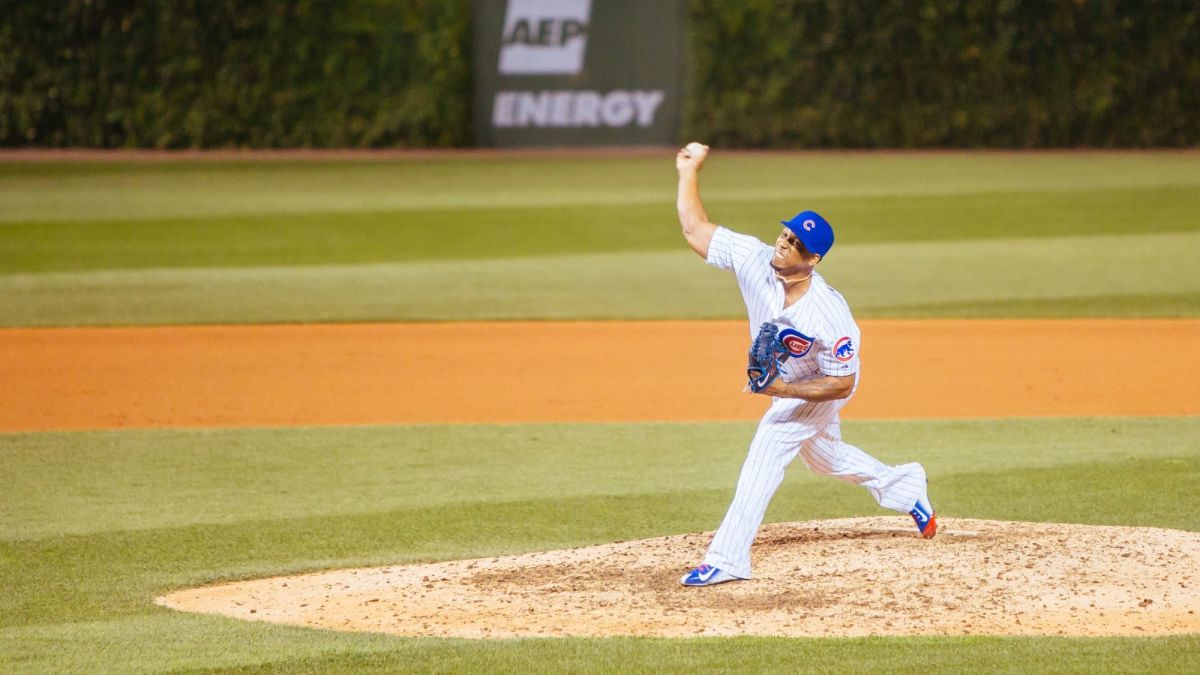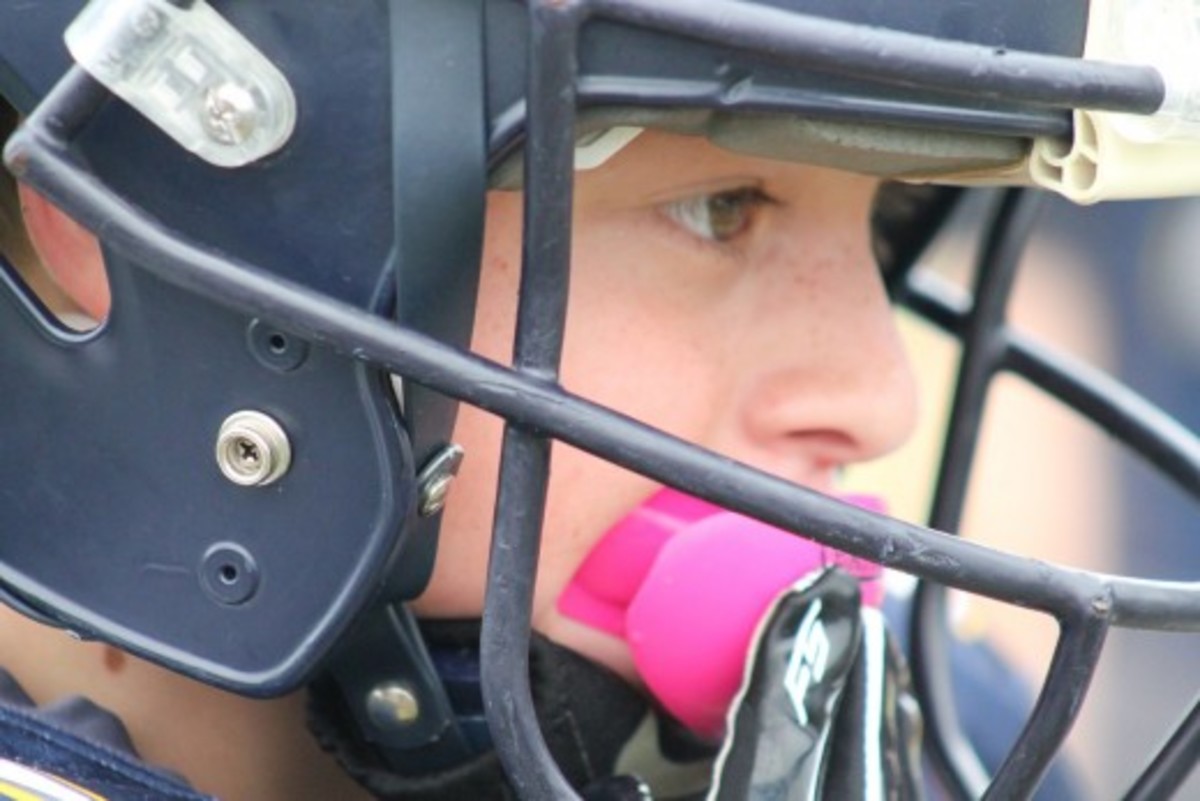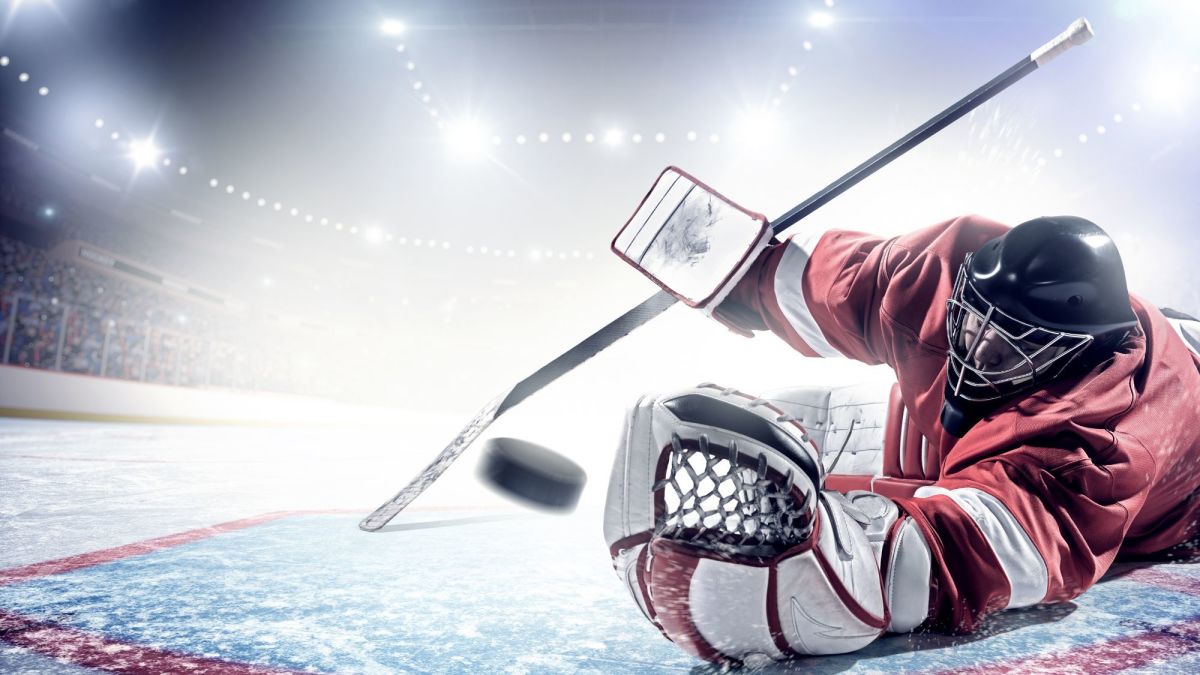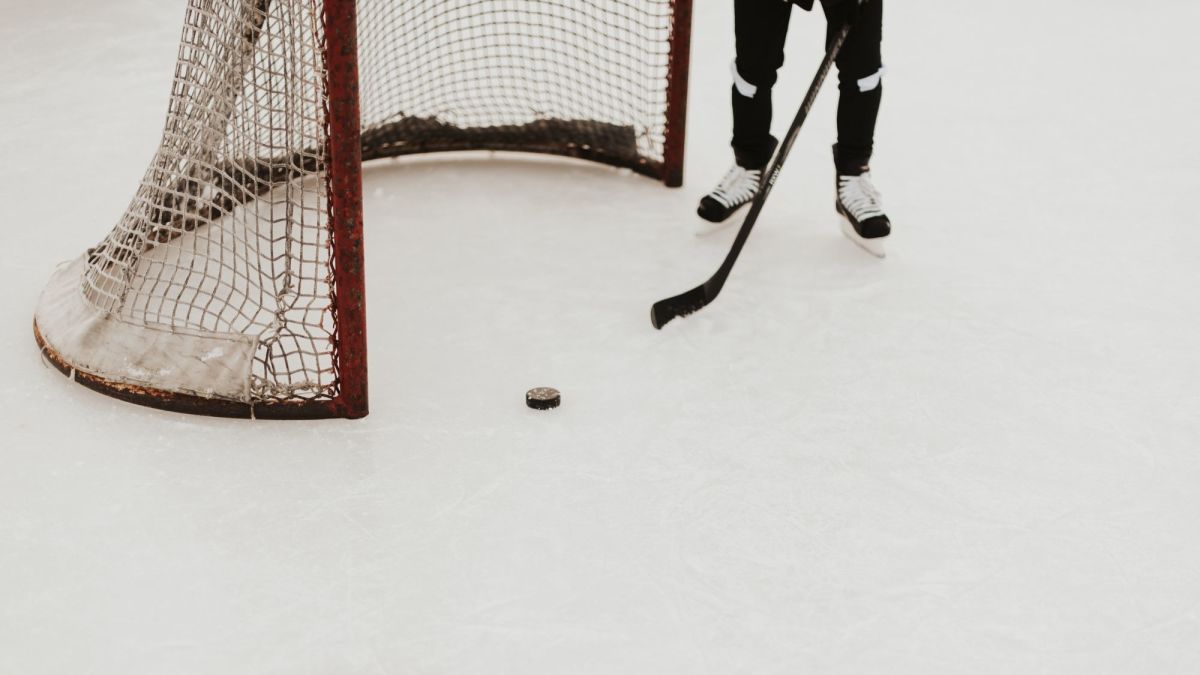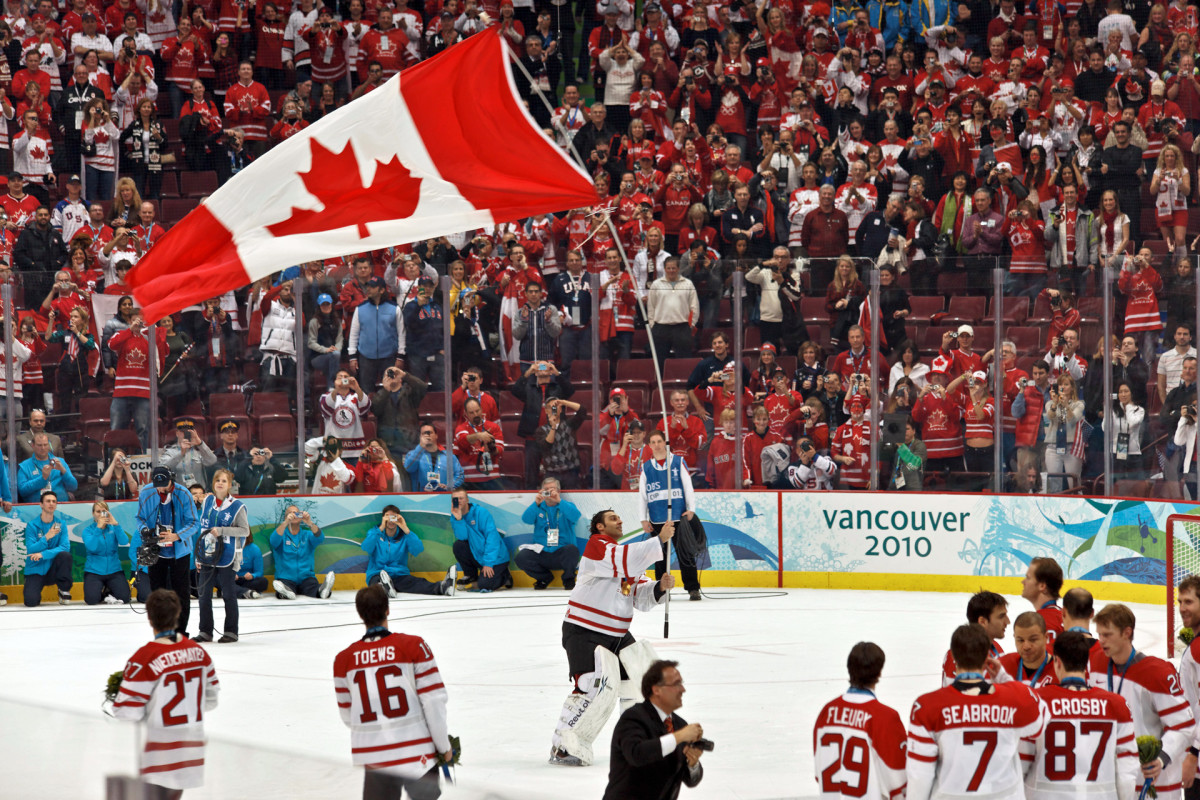Are Concussions in Hockey Preventable?
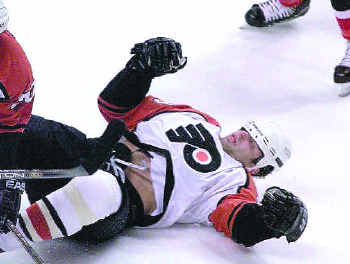

Concussions in the NHL
Are concussions becoming a problem in the NHL? Ask any avid hockey fan, and the answer will be a resounding, YES!
Each time a star goes down, or suffers from any kind of a hit in open ice, the fear of a head injury lingers. Any time a player heads for the corner to retrieve the puck, the fear is there. It's becoming an epidemic, and no one seems to have the answers.
NHL Concussion Issues
In a study by Science Daily, they've noted that more and more time is being lost due to concussion issues. It's a positive effort that the league and its teams are taking the issues seriously, and keeping players out of the lineup longer to allow for proper healing. It's also given rise to the term post-concussion symptoms, which has become a major buzz-word of late.
Post-concussion symptoms include headaches, low energy or fatigue, memory loss, and abnormal neurological exams. Teams are becoming more prepared, and the NHL is a flag ship for handling head injuries with caution. In a game, anytime it's believe a player may have sustained a head injury, they are pulled aside and placed into a quiet room for a set amount of time to decompress. After the allotted time, their condition is assessed. Often, team trainers don't find anything wrong just after the injury. It's only after a day or two that the symptoms surface, so most teams have been erring on the side of caution.
What the NHL Has Done, So Far
Beginning this season, the league has announced a new position called the Senior Vice President in Charge of Player Safety, and it's currently held by retired forward Brendan Shanahan, who is a perfect person for the job. He played the game on the edge, but always had a certain class about him. He brings a credibility to the job. The position requires him to hand out punishment, in the way of suspensions and fines, to players who play recklessly, and endanger other players in ways that could cause head injuries.
What This Means for Hockey
The truth is, this is a great step towards helping player safety, but as an avid hockey fan myself, not one week has passed this season without seeing another penalty assessed by Shanahan. So, justice is clearly being doled out, but it doesn't seem to be a deterrent. It also doesn't address the many injuries to players off of completely legal plays, such as the one that sidelined Pittsburgh Penguin star Sidney Crosby.
Crosby was turning up ice, during last season's Winter Classic, and was involved in a collision with David Steckel of the Washington Capitals. The Penguin's star finally returned to his team, nearly one full year from the injury, only to leave the very next game with post-concussion symptoms.
This is a detriment to the popularity of the game of hockey. Many fans attend games to see the dazzling moves that stars like Crosby can offer. They expect to be entertained by big named players, and are typically unhappy to find them scratched for a night.
The Philadelphia Flyers are a team that's suffered from concussion related problems for years. In 1998, Flyers' star Eric Lindros suffered a debilitating head injury, the result of an open ice hit by Pittsburgh's Darius Kasparaitis. Lindros was never the same.
And in this year, the Flyers have lost their captain Chris Pronger, top prospect Brayden Schenn, and leading scorer Claude Giroux, all to concussions.
It's not just one team, however, as every team in the NHL has had some issue related to concussions. Each one has screamed for a solution. Many people have expressed the need to change the way the league operates, but none want to step forward to make the change.
What the NHL Needs to Do:
1. Fighting
Aside from major league lacrosse, ice hockey is the only sport that allows fighting, with the penalty being a five-minute major. It's time for hockey to join the civilized culture. Fighting in hockey should be outlawed. Three NHL enforcers died this past summer, and many believe the chief cause was repeated blows to the head. Fighting should be removed from the sport.
2. Equipment
If the league would take a close look at the equipment players are currently wearing, they would note some anomalies. Little in the way of hockey equipment has changed since ten-to-twenty years ago. The only thing that's really changed is size. Everything is bigger. Shoulder pads, shin guards, elbow pads and gloves have all gotten bigger. One thing that stands out, is the helmets have remained virtually the same. Lacrosse players wear full cages across their entire faces, and the helmets are certainly more preventative of head injuries, as are the helmets in football. Hockey helmets need to be intensified, and other pads need to be looked at to be reduced.
3. Rink Size
The players today are much bigger and faster than they were some years ago. Just watch footage of a game from the 80s or 90s, and it's plain to see, there's not much room out there. It's time to increase the rink sizes to Olympic sized rinks. Current NHL rinks are 200 feet by 85 feet, while Olympic size rinks are 210 feet by 98 feet, which would offer a little more space to maneuver.
4. The Boards
One of the highlights of any hockey game is seeing your favorite defenseman slam an opposing forward into the boards. This is an exciting part of the game, and shouldn't be removed, but possible a re-engineering of the boards is in order. Players standing four-to-eight feet from the boards, who are hit, are slammed into unforgiving boards that have no give, and it usually leads to an injury. Last season, Flyer defenseman Oskars Bartulis stood defending the far goal post in a game against the Pheonix Coyotes, when Coyotes' forward Scottie Upshall hit Bartulis shoulder to shoulder, sending him careening into the boards out of control. The defenseman left the game with a shoulder injury, ending his season.
The boards are a tougher issue, and some engineers should be called upon to come up with a plan to soften them for colliding players, but that would go a long way towards player safety.
Conclusion
The truth is, there's no way to eliminate injuries from the fast paced game of hockey, but a few measures can return the stars to the ice, and keep the momentum of the game going.



